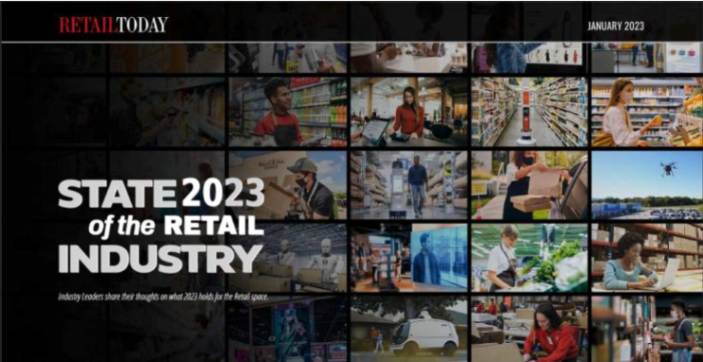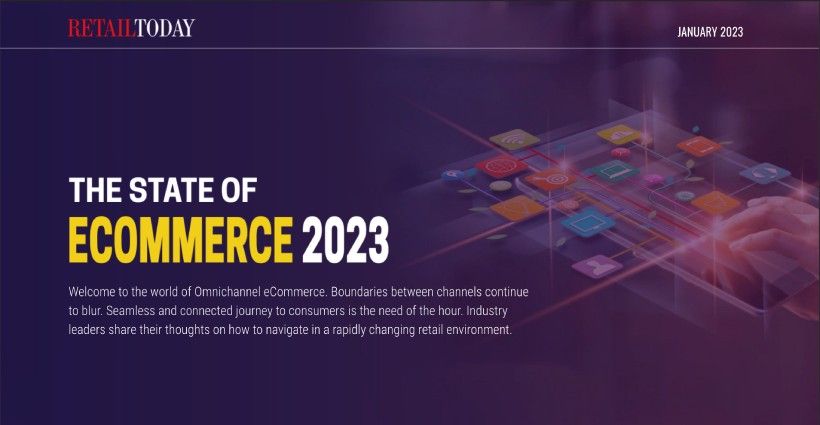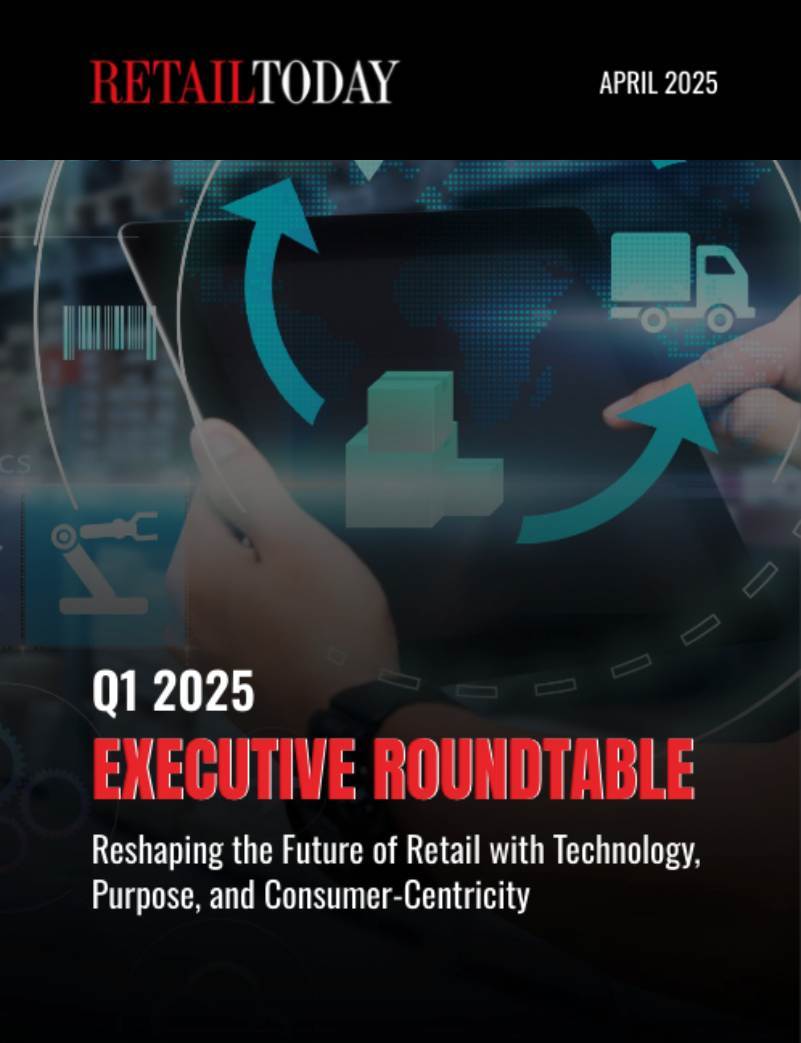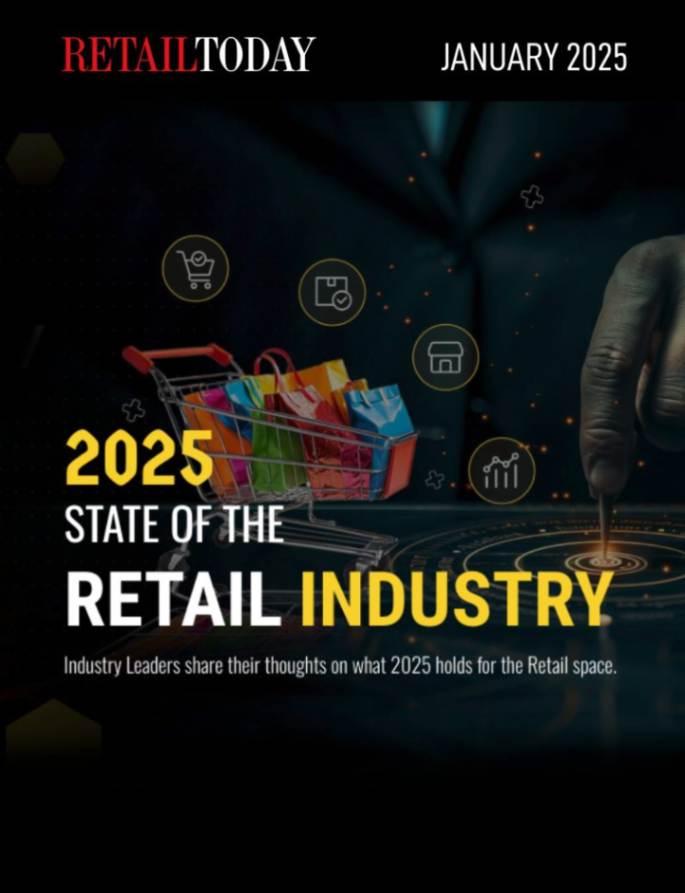
Retailers face a constant dilemma when making inventory decisions: customer satisfaction versus profitability. They sacrifice one for the other—either stocking too much inventory which leads to lower profits, or too little inventory which leads to unhappy customers.
The problem? Outdated inventory management systems can’t handle the sheer complexity of omni-channel.
Retailers need to predict omni-channel shopping behavior, then make millions of decisions about thousands of SKUs, across every channel each day. But most still rely on historical data, assumptions, and manual processes. The resulting forecasts don’t offer enough accuracy or granularity. And when making decisions, inventory systems typically aim to satisfy rules and hit service levels set by human planners. Their KPIs don’t align with profit metrics, making it impossible to quantify how each decision will impact margin.
Fortunately, customer satisfaction and profitability don’t have to be at odds. By implementing AI-powered inventory optimization solutions, retailers can power smarter decision-making at every step:
- Omnichannel forecasting
First, AI-based solutions process enormous datasets and consider hundreds of variables to accurately predict customer behavior, sales probability, and demand variation. Forecasts provide multiple levels of granularity for different time frames—getting all the way down to the SKU/zip-code/day/fulfillment preference level.
Retailers can anticipate what omni-channel customers will want to buy, plus how, when, and where they’ll want their orders fulfilled. When demand fluctuates, retailers can adapt quickly.
- Allocation and replenishment
Using omni-channel forecasts, AI-based solutions make optimal allocation decisions down to the SKU-store or fulfillment center levels. They position the right amount of inventory, in the right location, at the right time to satisfy online and offline demand.
AI solutions also make granular replenishment decisions each day for DCs, stores, and fulfillment centers. They automatically determine how much inventory to hold back, as well as the ideal time to replenish inventory. All allocation and replenishment decisions are based on maximizing profit, not satisfying preset rules.
- Omni-channel fulfillment
Several factors are considered when deciding which store or DC should fulfill an omnichannel customer’s order. Going with the lowest cost option may seem like a given, but it could impact future inventory availability. Similarly, choosing the location with the highest inventory may come with the highest costs or slowest delivery. Using fulfillment forecasts, AI-based solutions pinpoint the optimal choice that balances costs, inventory availability, future demand and delivery speed.
- Returns management
Shoppers expect to buy whatever they want in-store or online—and make easy returns. The cost of managing returns is usually high, but AI can minimize the impact. AI solutions accurately forecast what customers will return, when, and how much. These predictions lead to better planning decisions for each DC, region, and store. And when returns happen, AI pinpoints the optimal return path.
Ready to get started?
Thanks to a new breed of easy-implement solutions, AI is more accessible than ever before. Get started now, and in just a few months, your retail business will exceed customer expectations with lower inventory investments. It’s the best of both worlds!
Tav Tepfer is the Chief Revenue Officer at Invent Analytics. She leads the company’s go-to-market strategies to accelerate company growth and brings over 20 years of Enterprise SaaS sales experience.






